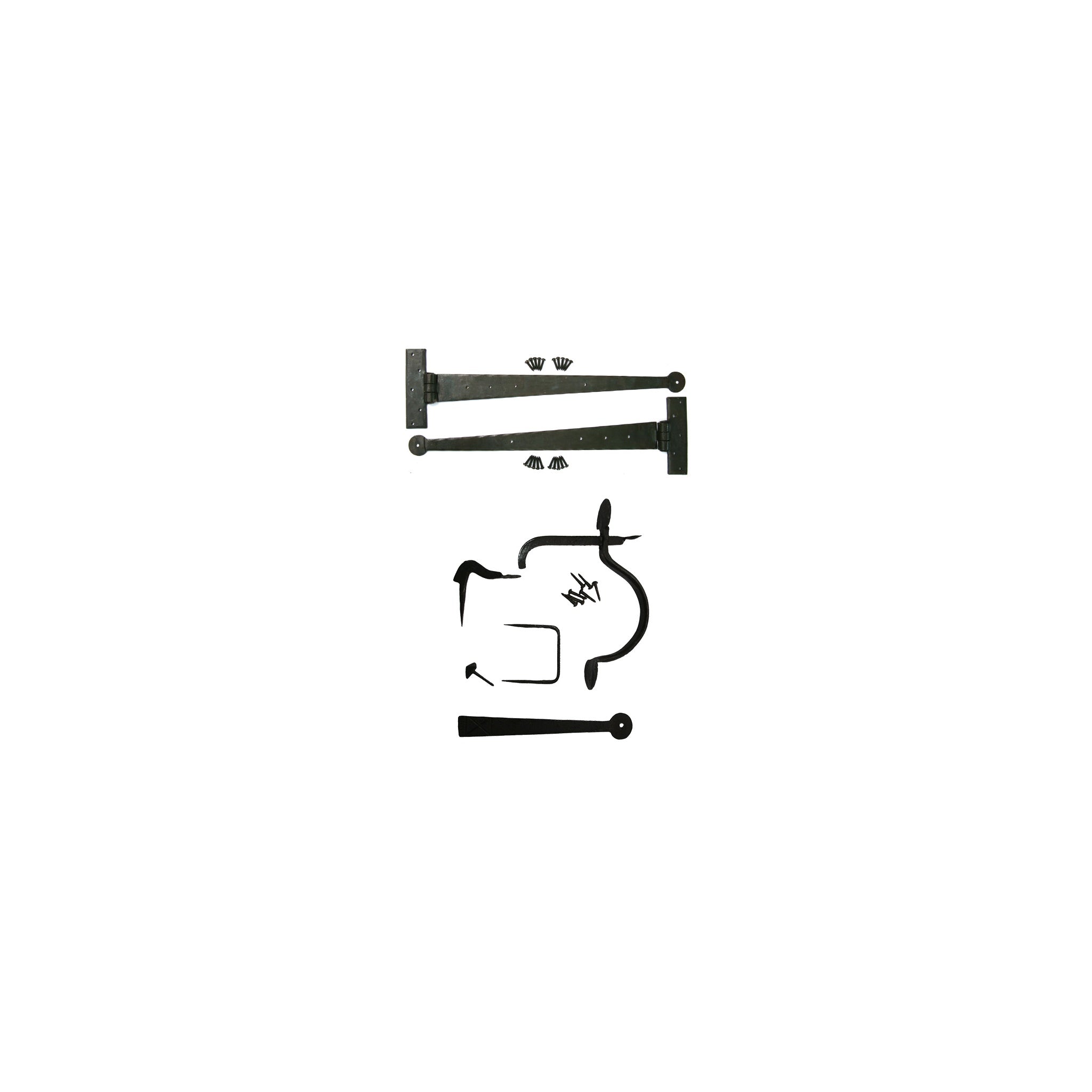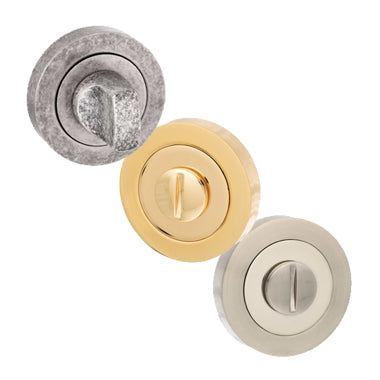Key Takeaway
Description
Function
Consider the door's purpose and choose a handle that suits its function, such as lever handles for ease of use or knob handles for a traditional look.
Style
Select a door handle style that complements your home's overall aesthetic, whether it's contemporary, traditional, or transitional.
Finish
Choose a finish that matches or complements other hardware and fixtures in your home, such as chrome, brushed nickel, or aged brass.
Durability
Opt for high-quality, durable materials like solid brass, stainless steel, or high-grade aluminum to ensure longevity and reliability.
Maintenance
Consider the maintenance requirements of different handle materials and finishes, and choose one that suits your lifestyle and cleaning preferences.
Types of Door Handles
When selecting door handles for your internal doors, it's essential to understand the various types available and their specific features. Some common door handle types include:
Lever Handles: Lever handles are a popular choice for their ease of use and modern appearance. They are suitable for most door types and are especially helpful for those with limited mobility or dexterity.
Knob Handles: Knob handles offer a classic, timeless look that suits traditional and period-style homes. They are available in a range of materials and finishes, from brass to crystal glass.
Handlesets: Handlesets combine a lever or knob handle with a matching deadbolt or latch for a coordinated, decorative appearance. They are ideal for doors that require additional security, such as entrance doors or master bedrooms.
Flush Pulls: Flush pulls are recessed handles that sit flush with the door surface, creating a sleek, minimalist look. They are perfect for sliding doors, pocket doors, or contemporary interiors.
Corsica Door Lever
Choosing the Right Style
The style of your door handle should complement your home's overall design aesthetic and the specific style of your internal doors. Consider the following tips when selecting a handle style:
For traditional or period-style homes, opt for classic designs like Round Door Knobs or Lever Handles with intricate detailing and finishes like aged brass or oil-rubbed bronze.
Contemporary homes pair well with sleek, minimalist handles in materials like stainless steel, chrome, or matte black.
Transitional spaces benefit from a mix of traditional and modern elements, such as a streamlined lever handle with a classic rosette or backplate.
Remember to choose handles that are proportionate to your door size and weight, ensuring both visual balance and ease of operation.
Ancon Door Lever
Material and Finish Options
Door handles are available in a wide range of materials and finishes, each with its own unique properties and aesthetic appeal. Some popular options include:
Brass: Solid brass handles are durable, corrosion-resistant, and develop a beautiful patina over time. They are available in various finishes, from polished to brushed or antique.
Stainless Steel: Stainless steel handles are strong, low-maintenance, and resistant to rust and tarnishing. They offer a modern, industrial look that complements contemporary interiors.
Chrome: Chrome handles provide a bright, polished finish that adds a touch of glamour to any door. They are easy to clean and maintain, making them a practical choice for high-traffic areas.
Bronze: Bronze handles offer a warm, rich appearance that suits traditional and rustic interiors. Oil-rubbed bronze, in particular, develops a unique patina over time, adding character to your doors.
When selecting a handle material and finish, consider factors like durability, maintenance requirements, and compatibility with your door material and other hardware finishes in your home.
Darrio Lever On Round Rose
Functionality and Ease of Use
In addition to style and aesthetics, it's crucial to consider the functionality and ease of use when choosing door handles. Keep the following factors in mind:
Lever vs. Knob: Lever handles are generally easier to operate than knob handles, especially for children, the elderly, or those with limited hand mobility. However, knob handles may be more suitable for period-style homes or doors with a lighter weight.
Rosettes and Backplates: Consider whether you prefer a simple rosette or a more decorative backplate for your door handles. Rosettes are more minimalist and easier to install, while backplates offer a more substantial, ornate appearance.
Locking Mechanisms: For doors that require privacy or security, such as bathrooms or bedrooms, choose handles with integrated locking mechanisms like a push-button or turn-and-release function.
Florida Door Lever - Satin Chrome/Polished Chrome
Installation and Maintenance
Proper installation and maintenance are essential for ensuring your door handles function smoothly and look great for years to come. Consider the following tips:
Follow Instructions: Always follow the manufacturer's installation instructions carefully, using the recommended tools and hardware.
Measure Accurately: Measure the position of your handles accurately to ensure they are level and properly aligned on both sides of the door.
Tighten Screws: Regularly check and tighten any loose screws to prevent handles from becoming wobbly or misaligned.
Clean Regularly: Clean your door handles periodically with a soft cloth and mild cleaning solution to remove dirt, grime, and fingerprints, maintaining their appearance and functionality.
By choosing door handles that combine style, functionality, and durability, and by following proper installation and maintenance practices, you can elevate the look and feel of your internal doors while ensuring they operate smoothly and reliably.
Cambridge Door Lever
Conclusion
Selecting the right door handle for your internal doors involves considering various factors, such as style, material, finish, functionality, and maintenance requirements. By understanding your specific needs and preferences, and by exploring the wide range of options available, you can find the perfect door handles to complement your home's design and enhance the overall look and feel of your interior spaces.
Remember to:
Choose a handle type that suits your door's function and style.
Select a handle style that complements your home's overall aesthetic.
Opt for high-quality, durable materials and finishes that meet your maintenance preferences.
Consider factors like ease of use, locking mechanisms, and installation requirements.
Regularly clean and maintain your door handles to ensure optimal performance and longevity.
By following these guidelines, you'll be well-equipped to choose the ideal door handles for your internal doors, creating a cohesive, functional, and visually appealing interior that you'll enjoy for years to come.
Texas Door Lever
Other Useful Articles:
How To Choose An Internal Door
Guide To Fire Doors
Frequently Asked Questions



































































































































